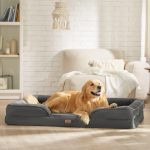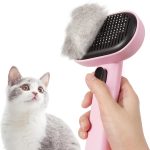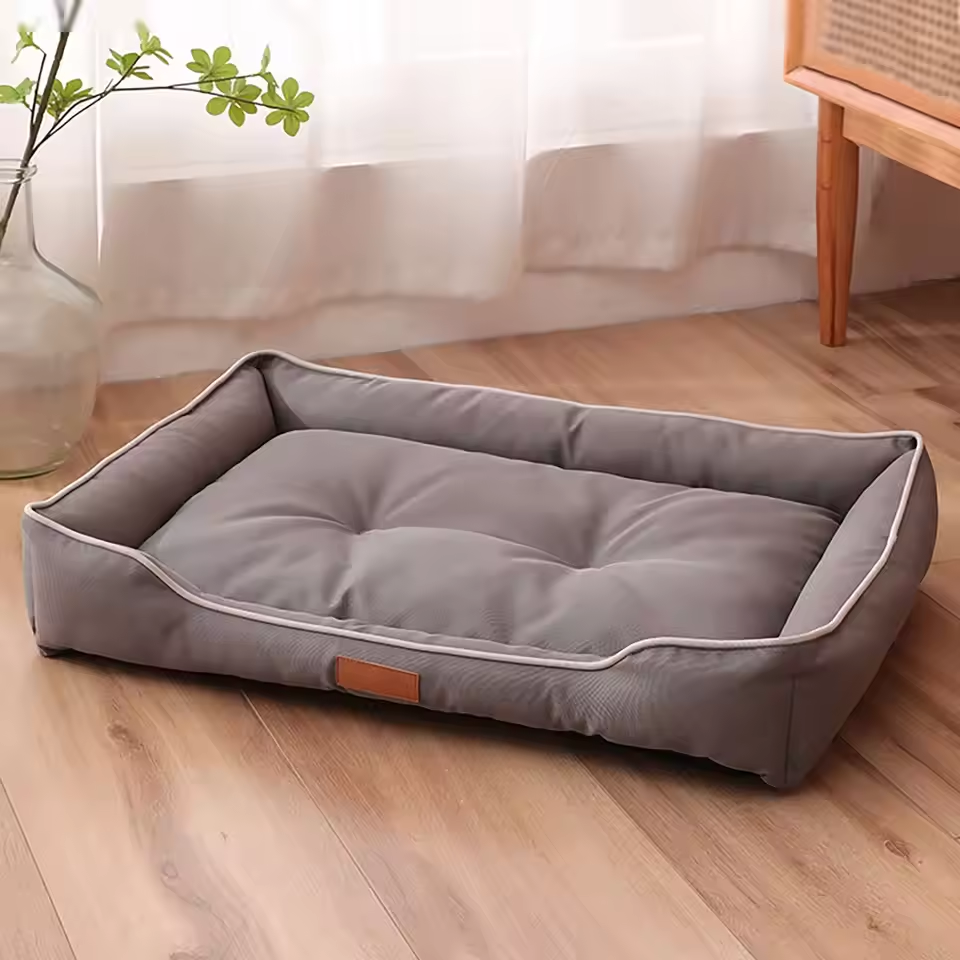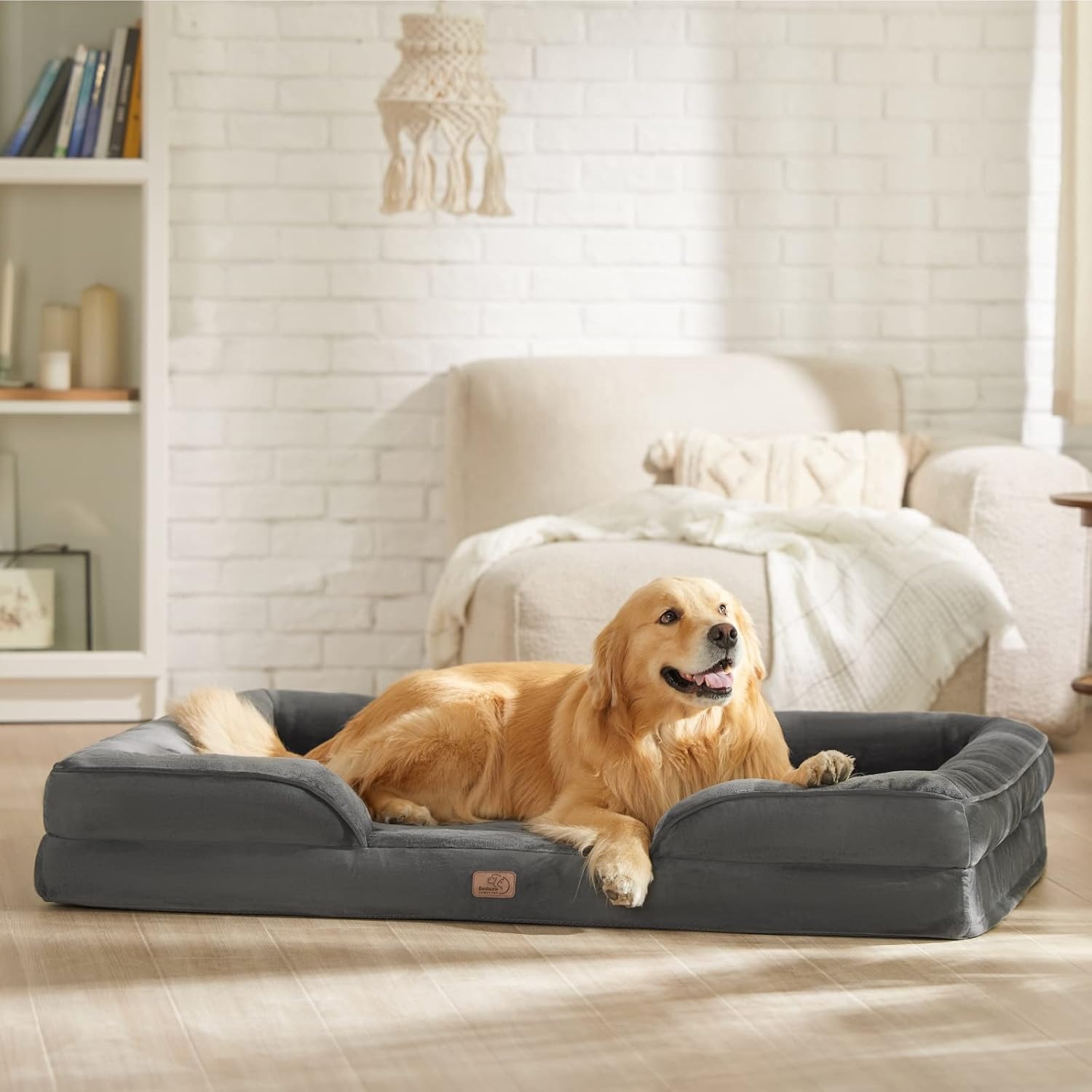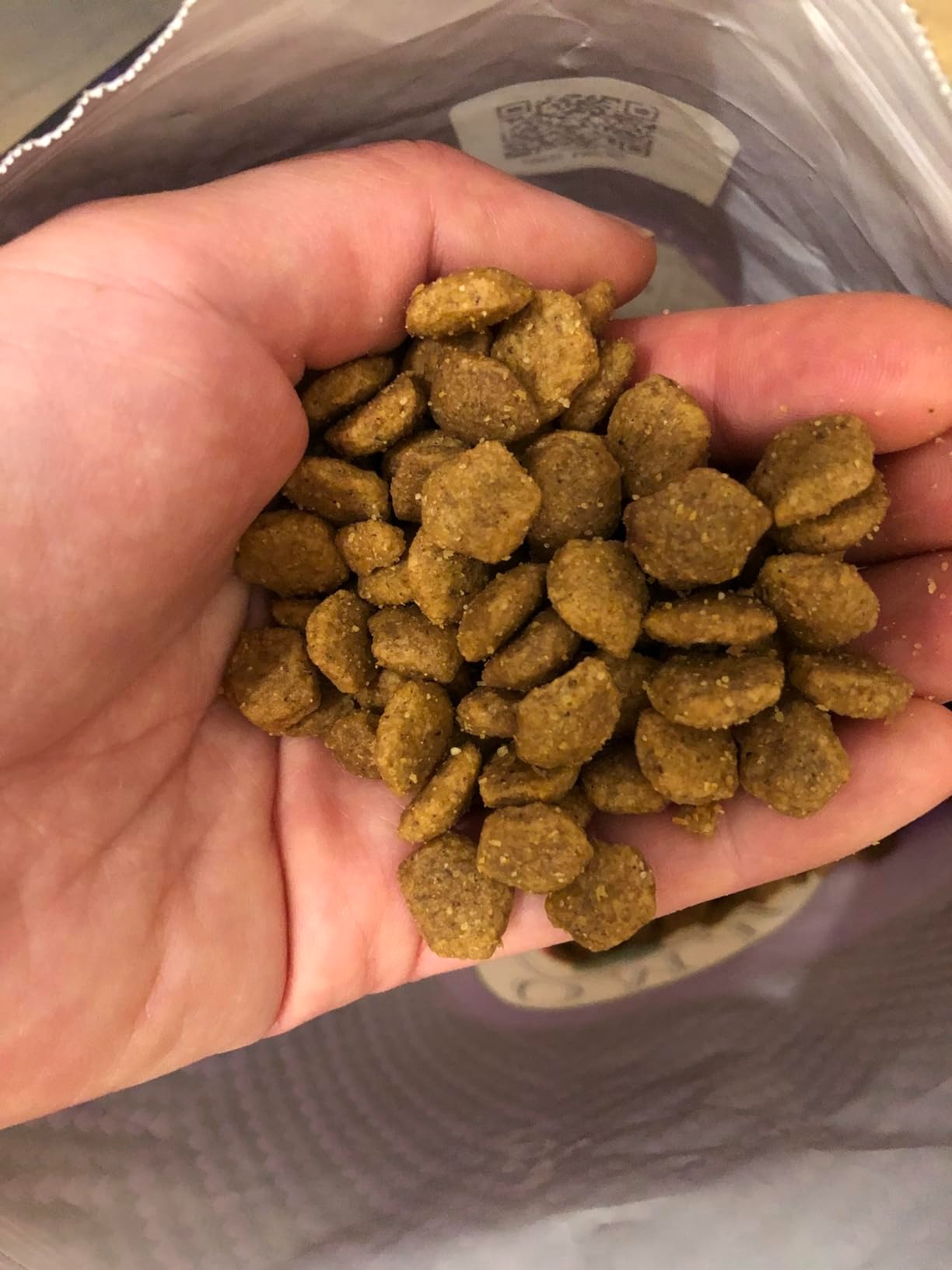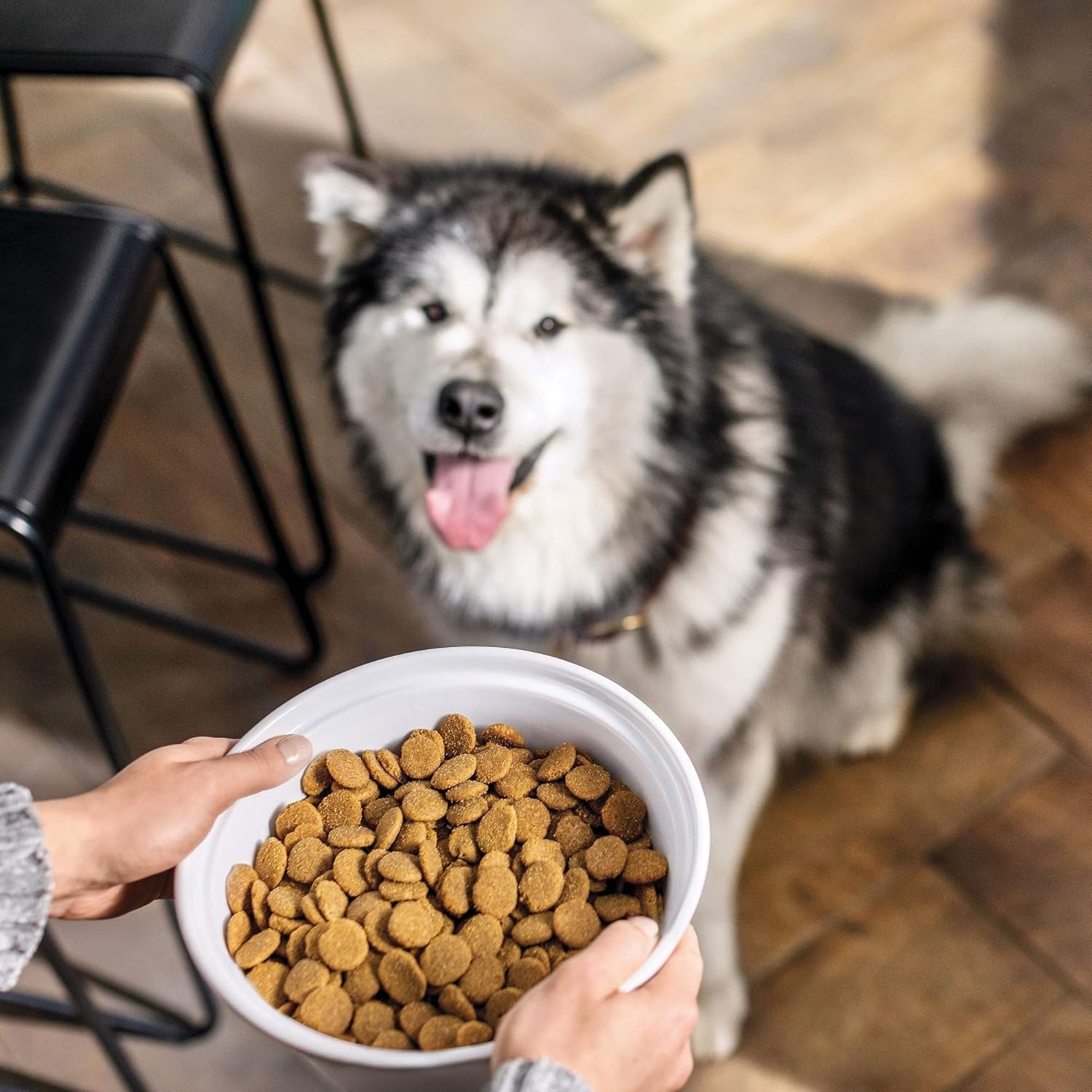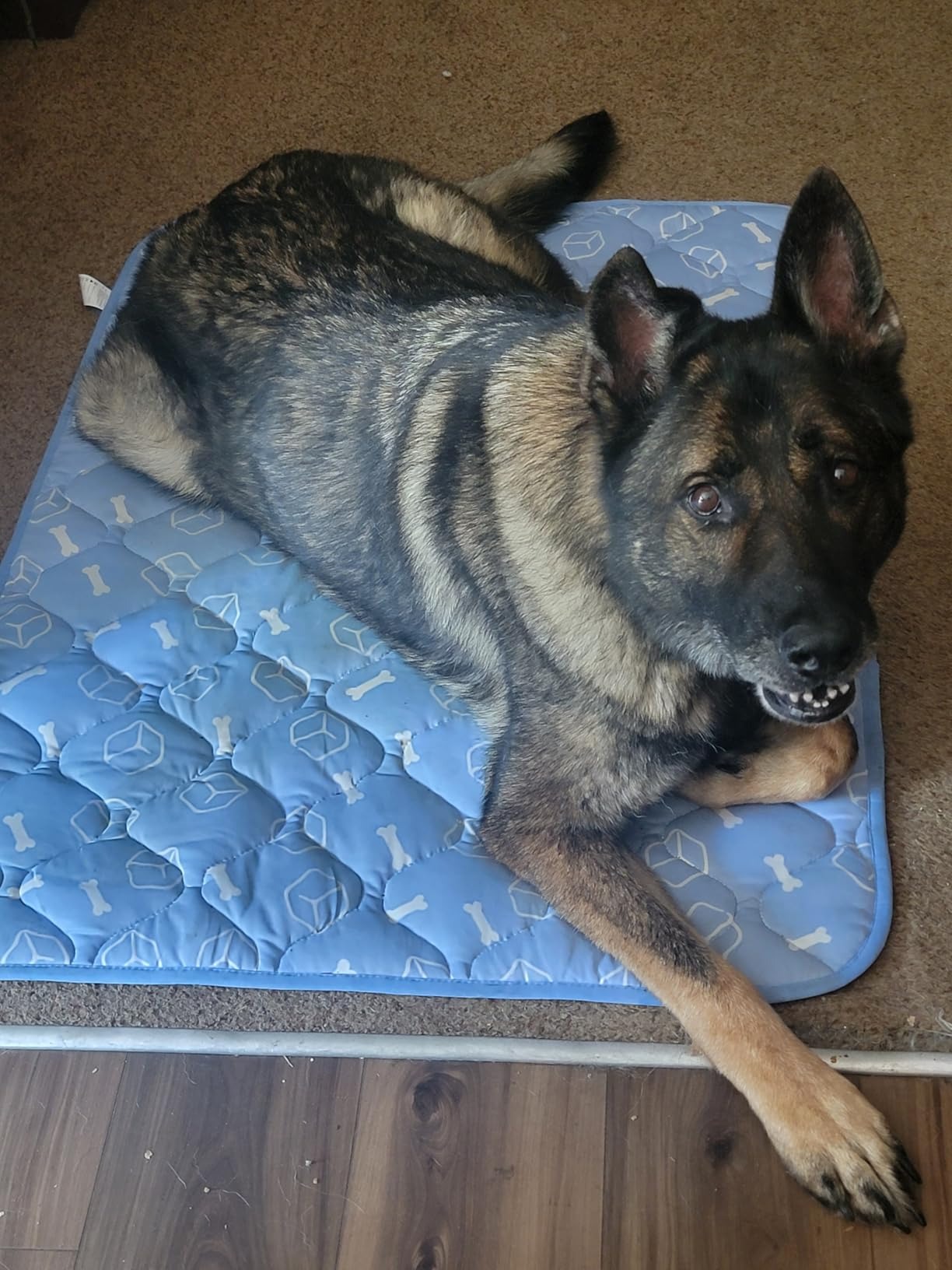Keeping our furry friends happy and entertained often means managing an overwhelming collection of toys. As pet owners, we know how quickly toys can clutter our homes. That’s where a pet toy box comes into play—not only does it provide a designated space for your pet’s playthings, it also promotes organization and cleanliness. Here are some creative ways to use a pet toy box to maintain a tidy and enjoyable environment for both you and your pet.
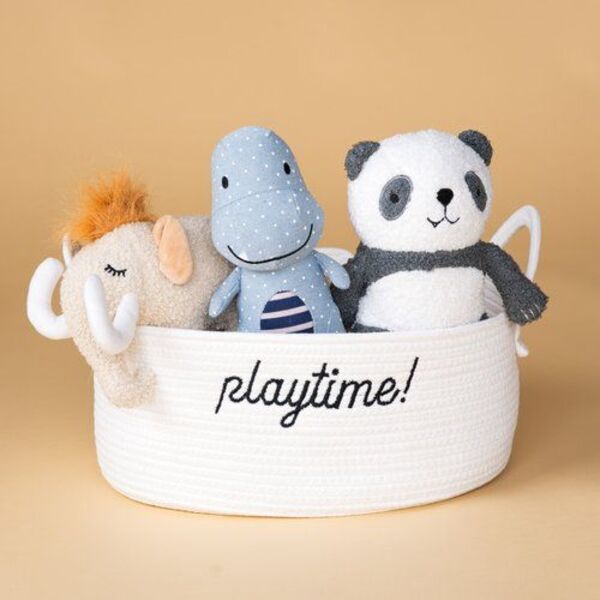
Choose the Right Size Pet Toy Box
Selecting the right size pet toy box is crucial to meet both your needs and those of your furry friend. Here are some key points to consider:
- Assess Quantity and Size of Toys: Take stock of not just how many toys your pet possesses, but their sizes as well. If your pet has larger toys—like stuffed animals or durable chew toys—then you’ll need a more spacious and sturdy box to accommodate them.
- Ideal Dimensions: The perfect pet toy box should strike a balance: it should be large enough to hold a variety of toys without overflowing, yet compact enough to fit seamlessly into your designated storage area. A larger box can facilitate quick clean-ups by allowing you to dump toys in without much thought, while a smaller box may encourage you to evaluate which toys are truly essential and help prevent clutter.
- Measure the Space: Before making a purchase, measure the area where you plan to place the box to ensure it fits comfortably within your room’s layout.
- Make a Toy Inventory: Create a list of your pet’s toys alongside their sizes to help guide your selection process.
- Design Considerations: Choose a toy box design that complements your home decor, ensuring that it looks visually appealing in your living space.
By investing in a well-sized pet toy box, you not only enhance your home’s organization but also make it easier to clean up after those delightful, messy playtimes.
Color Code for Easy Organizing
One creative method to organize your pet’s toys using a pet toy box is color coding. By assigning a color to different types of toys or play activities, you can create a visually appealing and organized system. For instance, if your pet has chew toys, squeaky toys, and balls, you could utilize colored labels or bags inside the pet toy box. Not only does this method make it easier to find specific toys, but it also turns the process of toy organization into a fun and engaging activity.
- Select colorful bins or bags for each category of toys.
- Use labels or tags to further categorize.
- Encourage children and family members to participate in the organization game.
Color coding can transform the way your pet toy box functions, making it more than just a storage solution.
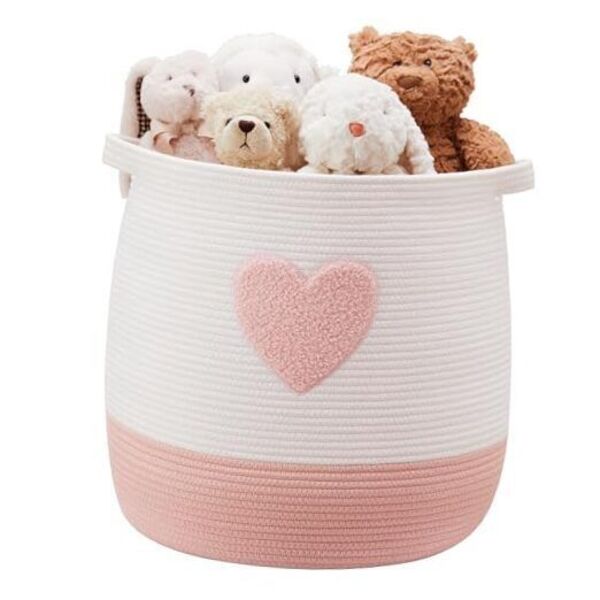
Use the Toy Box for Rotation
- Initiate Toy Rotation:
Utilizing a pet toy box for rotation is an innovative strategy that can significantly enhance your pet’s playtime. Pets, much like children, can quickly lose interest in their toys over time. By keeping some toys out of sight, you can rekindle your pet’s excitement and curiosity. - Designated Storage Space:
Designate your pet toy box as the storage area for toys that are not currently being used. This not only keeps your living space organized and clutter-free but also makes it easier to manage your pet’s playthings. - Create a Rotation Schedule:
Establish a schedule for rotating toys, whether on a weekly or monthly basis. This systematic approach ensures that your pet gets a fresh selection of toys to explore regularly, preventing boredom. - Keep Track of Toys:
Maintain a list of toys that are currently in use versus those in storage. This record helps keep the rotation process organized and ensures no toys are forgotten or overlooked. - Monitor Reactions:
Monitor your pet’s responses to the rotated toys. Note which toys spark the most joy or engagement, as this will help inform future rotations, making playtime more enjoyable and stimulating.
This thoughtful approach not only prolongs your pet’s interest in their toys but also fosters a more engaging play environment, ensuring they remain entertained year-round.
DIY Pet Toy Box Options
Creating a DIY pet toy box can be a rewarding project for creative pet owners. Here are some steps to help you design the perfect toy box for your furry friend:
- Research Design Ideas:
- Explore various designs that align with your space and preferences.
- Consider factors such as size, shape, and functionality to ensure the toy box meets your needs.
- Gather Materials:
- Collect all necessary materials, which may include repurposed furniture like wooden crates, fabric for lining or decoration, paint for finishing touches, and any additional tools needed for assembly.
- If using old furniture, ensure it is sturdy and safe for your pet.
- Family Involvement:
- Turn this project into a family activity to enhance bonds and make it a fun experience for everyone.
- Assign tasks based on each person’s strengths, such as painting, assembling, or decorating the toy box.
- Emphasize Customization:
- Personalize your pet toy box to reflect both your pet’s style and your home’s aesthetics, ensuring it complements your decor.
- Consider adding your pet’s name or favorite colors, making it a unique addition to your living space.
By engaging in this DIY project, you not only create a functional toy storage solution but also foster an environment of creativity and ownership, resulting in a one-of-a-kind piece that adds charm to your home.
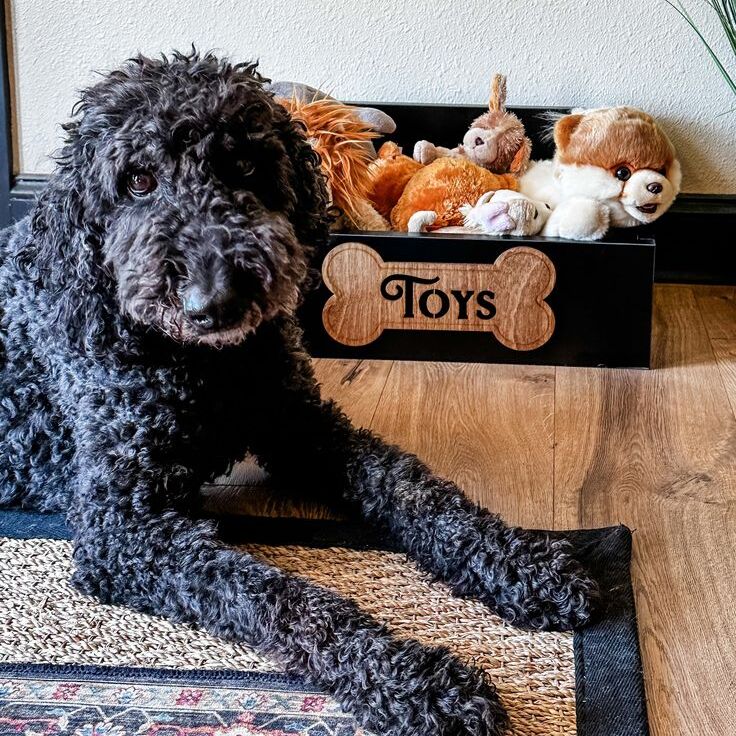
Implement a Clean-Up Routine
Establishing a clean-up routine after playtime is essential for maintaining order in your pet’s toy box. This routine not only fosters a neat environment but also enriches your pet’s training experience. Here are some key points to consider:
- Interactive Activity: Teaching your pet to help clean up can become an enjoyable and engaging activity. This interaction also reinforces your bond, making playtime even more meaningful.
-
Training method: Begin by training your pet to drop toys into a designated pet toy box. Use clear commands, such as “clean up” or “put it away,” and offer rewards like treats or praise when they successfully perform the task.
- Designated Play Area: Set up a specific area for play, helping contain the chaos of toys. This not only makes clean-up easier but also creates a structured environment for your pet.
- Consistent Practice: Consistently practicing this routine will help your pet become familiar with the process. Over time, they will learn to associate clean-up time with positive experiences.
Through this routine, you instill discipline and responsibility in both yourself and your pet, creating a harmonious living space.
Multi-Purpose Storage Solutions
Searching for a pet toy box that functions as a multi-purpose storage solution provides added value. Opt for a toy box that doubles as a seat or a decorative piece. Many modern designs feature storage that blends aesthetically with your home decor, making the pet toy box an integral part of your interior design. This multi-functionality encourages consistent organization, ensuring your home remains clutter-free.
- Research stylish options that blend with your home’s theme.
- Consider storage solutions that include extra compartments for accessories.
- Make sure the design is safe and sturdy for your pet’s use.
Having a versatile pet toy box ensures that organization becomes an effortless part of your everyday routine.
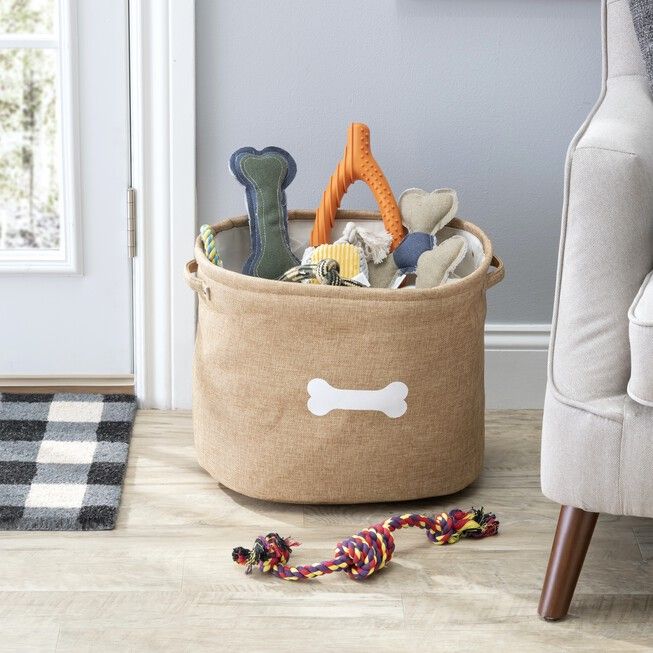
Involve Your Pet in the Organization
An engaging way to keep your pet toy box organized is by involving your pet in the process. Allowing your pet to select their favorite toys and contribute to the organization can create a sense of ownership. This interaction can strengthen bonding and ensure your pet feels more connected to their playthings.
- Encourage your pet to choose toys for their box during play.
- Use positive reinforcement to motivate them to help.
- Observe their behaviors to understand their preferences.
By including your pet in the organization process, you transform cleanup and organization into an enjoyable bonding activity.
Regularly Declutter Your Pet Toy Box
Lastly, regularly decluttering your pet toy box is essential for maintaining a tidy space. Toys can accumulate over time, and not all of them may be suitable for your pet. Evaluate which toys are frequently used, which are damaged, and which your pet has lost interest in. By analyzing their collection, you can donate or discard toys that no longer serve a purpose.
- Set a schedule for decluttering, such as biannually.
- Involve family members in choosing which toys to keep or discard.
- Consider donating usable toys to local animal shelters.
De-cluttering not only creates more room but also helps ensure your pet enjoys a collection of engaging and safe toys.
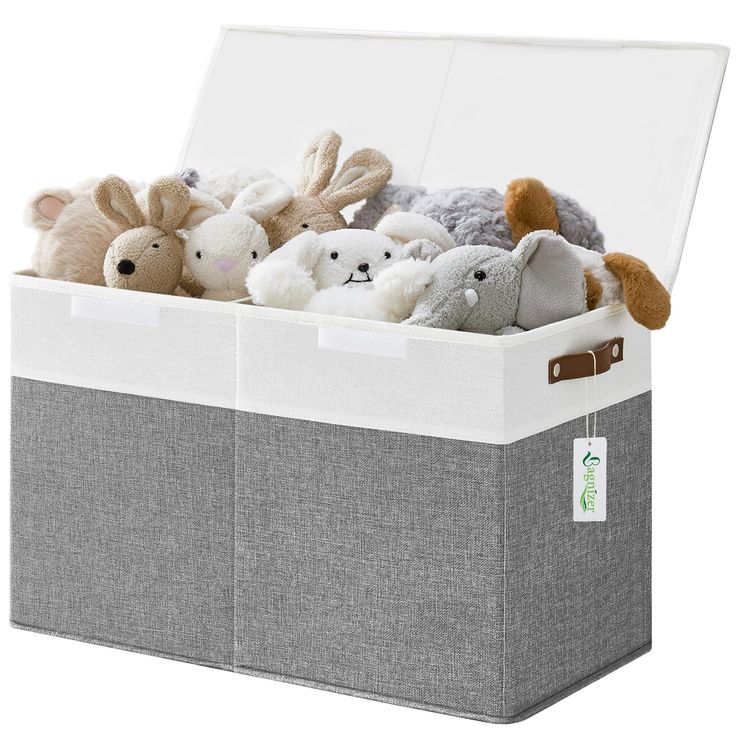
Conclusion
A well-organized pet toy box is crucial for maintaining cleanliness and order in your home. By utilizing creative methods such as selecting the right size, implementing a clean-up routine, and involving your pet, you can enhance the functionality and enjoyment of your pet toy box significantly. Remember, the goal is to create a positive environment for your pet while keeping your home tidy. With these innovative strategies, your pet toy box can become a beloved and practical part of your household. Happy organizing!
